“Casa Belen!”
We are riding past a pickup soccer game in a small town on the south coast of Cuba. It’s toward the end of the day and we have started to think about where we are going to stay. It takes a second for me to realize they are yelling at us. Basically, the whole neighborhood is screaming at the four gringos riding through that there is a Casa Particular (a private home that can be rented by foreigners like us) and that we are clearly missing it.
I stop. Figure this out. Tell them that no, we are not looking for Casa Belen. We saddle back up as their faces turn incredulous and head down a bumpy dirt road that parallels the beach. Just as we are arriving at where we had hope to stay, a bicycle carrying two adult males catches us. One is the owner of Casa Belen and the other is apparently his bicycle taxi driver. He immediately explains that we have to stay at the house. It’s late. There is no other place and it’s going to be great. He’ll make us breakfast, the whole shebang.
I’m not one to give in when I’ve been hunted.
The place we are actually looking for is called La Playita. We have zero entail on this spot, it just happens to be on the map and sleeping on the beach was one of our arbitrary goals. The raucous that the Casa Belen owner is making alerts the staff of said Playita that something is happening. Soon there are three more Cubans asking us questions. They seem to be a bit nicer and less concerned about missing out on a buck. The house owner is telling me there is no way that we can sleep on the beach. There’s mosquitoes and other things, it just wouldn’t be right.
Ignoring him, I ask the staff if it would be possible to sleep on the beach. I inform them that we have “casas de camping” and everything we need to stay the night. The staff with whom we are conversing consists of the security guard, the kitchen manager and the cook. The guard is older and he immediately says, “yes, you can stay.” The kitchen manager says she has to ask the Jefe or boss. The cook stays quiet.
The man from Casa Belen can’t wrap his head around what is happening and is clearly annoyed that they might be stealing what he considers to be a done deal. We’re probably the first foreigners this little town has seen in years.
While the manager heads off to find the boss, the guard immediately starts getting us set up. He shows us a few places we can pitch the tents, including a spot with mosquito netting we can drop down if we wish. He tells us there is no problem if we move some tables over to this area and points out the “bathrooms” on the other side of the beach. The kitchen/store is open for another 30 minutes and he even finds a hose that we can use to get water and promises that a guard will be there to watch the place all night. How much is it going to cost? Not a damn thing. He informs us that the beach is free for everyone.
The manager returns and says no problem. We ask about getting food. She says no problem. We walk over and now the cook has something to say. It’s close to going home time and she is not too into making us dinner. There’s some back and forth that I can’t hear. We’re told that no, we can’t, and then the guard shows up and suddenly, food is on the way. She fries us up some fresh fish, we buy a bunch of ice cold beers and then set up camp about 30 yards from the water. We move some chairs over and sit and watch the sunset over the ocean.

Personally, I’ve wanted to visit Cuba since I lived in Chile.
Living in South America drastically changed the trajectory of my life. Some may say it ruined me, but I think it’s been for the better. It opened my eyes to many myths and untruths we are force fed in the United States. The only thing I ever heard about Cuba growing up was that everyone was starving, there was absolutely no freedom and that Fidel should be assassinated. Or at least something along those lines. Which is why it blew my mind when I found out that Cuba sent doctors all over South America to help out during disasters and that a lot of the medical field of Southern America is trained either by them or in Cuba.
And then I met some Cubans and they were just normal, fun loving people. I knew I had to see this island country before I died or it was “developed” by capitalists.
But none of this is on my mind as John and Shalena T Digger are sitting in my front room and we are planning a trip to Oaxaca. You may or may not recall the Mama Bear, the Lickers and I went to Oaxaca last year and we were planning to fly down and do some more riding. At least that was the plan until we saw how much tickets were going to cost. What we thought was going to be a quick easy planning session turned into a brainstorm of where we could go that wasn’t going to cost nearly as much.
Pretty much every Latin American country got thrown around. Then John asked, “What about Cuba?”
Suddenly everything I mentioned above came flooding in. It was the first time anyone I had known had expressed any desire to visit the island. A quick search for tickets, they were cheap and then a look at La Ruta Mala, and the plan was hatched. We bought plane tickets and then spent the next 6 months waiting and planning.

The morning breaks. The guard that showed up to watch us all night as promised is revlieved by the older, original guard we had met upon arrival. He seemed to be the boss of the guards.
Once he sees we are stirring, he comes right over. He is very talkative. He brought us coffee from home. It was the typical sweet, strong punch to the mind that we would get used to during our stay. He chatted us up. We found out that La Playita was owned by the government and had been destroyed by a hurricane and was in the process of being rebuilt. He works for the government and had been in the marines. He is Cuban and has no desire to leave even though all of his children now reside in the States. He was a proud man and proud of what he was doing and what his country was.
After the little bit of coffee, we ready our stuff, get the bikes packed, kind of wait for the store to open as they had told us it would at 8, but 8 comes and goes and we roll out a little before 9 with the store still under lock and key.
We roll back into Sugidero Batabano, the small town we had passed through the night before, and wander around until we find another cafecito before hitting the road.
The route John T Digger had drawn up down to the coast had taken us off the main road, but we were mostly in urban environments. We now leave that route and start to pedal La Ruta Mala. After exiting the small town, we turn down a dirt road that had a gate and a guard. A little confused, we roll up and I ask if we can pass. After asking us where we are going and how long it will take to get there, he lifts the rope and tell us to go through. We enter a natural reserve and followed the Dique Sur for most of the day.
The road parallels the coast. To our south is ocean and to the north is what I would define as a swamp. The only reason we are able to traverse this section is due to it being built up. The road is a dike (Dique Sur). The dirt is phenomenal, barely even bumpy.
We emerge onto some pavement after a couple of hours. It’s still early so we just jump back onto the dirt and keep pedaling instead of heading down to the little town. Just as we are getting hungry, we pop out to a little town called Guanimar. It’s a fishing village. No pavement, but in the middle of the town there is a small restaurant right on the beach. My first impression is no way, we are not eating here. It just didn’t have a great vibe to me. I am overruled and we get a table.
We lean our bikes up against the chain link fence surrounding the place and take a seat. The server comes over and we order Modelos (this was one of the few places where there was an option for beer). She brings them out and they are ice cold, just this side of slushy, by far the best Modelos any of us have ever had.
There are 5 guys sitting a few tables over. They are the only other people in the restaurant. I would describe them as the Cuban version of dudebros. They are drinking, smoking and are pretty loud. As I watch their interaction, I can’t help but feel they have dropped down from Havana or one of the other larger towns to procure seafood. The server hands them a couple large bags of fish and they proceed to count out a large sum of Cuban pesos. Once they have paid, they get in their car and take off.
We finish up our tasty as hell Modelos and lunch and then jump back on the Dique Sur to contiue our day headed toward Candalario.
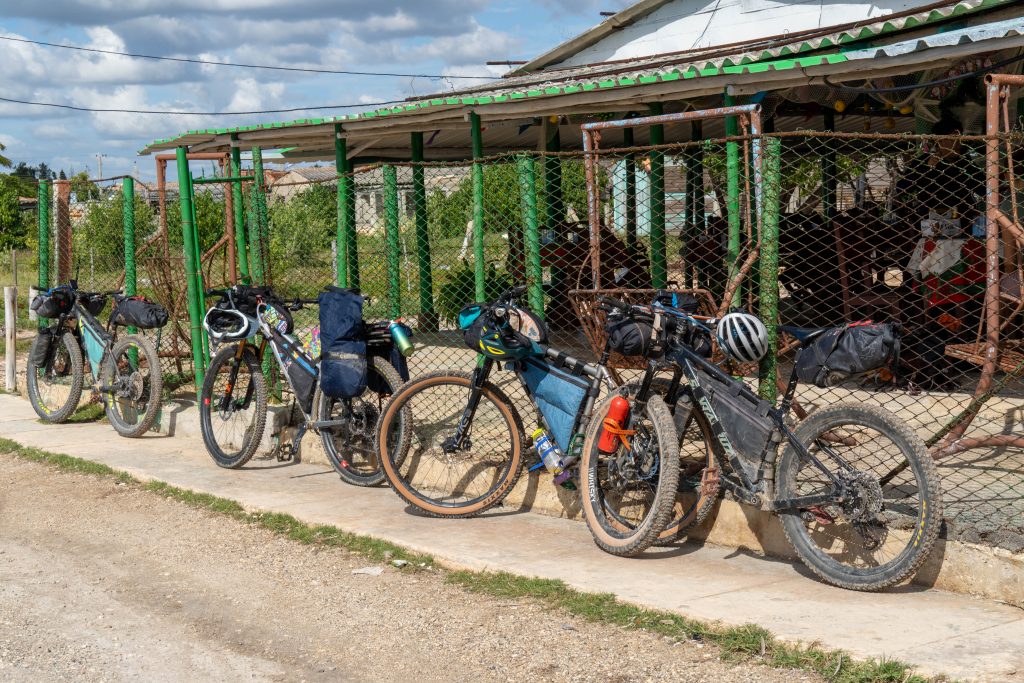
We roll into Candalario taking note of the bar we pass on the way in.
We hit downtown and realize this isn’t going to be a roll in, find a sign and a room and collapse for the evening, we’re going to have to do some digging. Seeing that it is barely mid-afternoon and we are who we are, we roll back to the bar. Unfortunately, they don’t have Mojitos (a very common theme throughout Cuba is a supply chain not based on desire). After a couple of beers, we order some Margaritas, they do have those, and ask about Casas Particulares. The server is a young girl, friendly, a bit suspicious of these four gringos on big bikes with bags who have suddenly dropped in on her open air bar.
She replies that there aren’t any in town, but if we head a few miles out of town there are several along the road. We finish up the delicious drink, definitely not metered, and pedal a few miles out of Candalario.
The town, and the reason we had returned to the bar, was a little dingy. It felt a bit claustrophobic after our day pedaling. Just outside of town, the scenery opens back up into big greenscapes and the houses turn into mini plantation style affairs. We find the first one with a sign indicating it was a Casa Particular, a beautiful two-story house with a lawn and two separate entrances. We follow the signs back and call. Nothing. There are few guys working in the front of the estate and we ask them. They’re kind of not interested telling us that they aren’t home. Ok.
We get back on the bikes and head up the road. We find a similar sized house with a sign and roll in repeating the last scene. This one they are home. And yes, they have space, just need a minute to freshen up the rooms. Nice.
It’s a yellow, two-story house owned by a bunch of sisters. There’s chickens roaming the property, lots of big trees and some fields and other out-buildings. We notice an older lady out raking and doing menial chores. Lara informs us that is one of her tias (aunts) who owns the property. This one is visiting from the States. She has no reason to be working other than it seemed like everyone pitched in. There was no one we saw that didn’t help out.
Once freshened up, we make our way up to the rooms. They are small, but clean and tidy. As per the usual, they have AC and a fridge. Said fridge is stocked with beer and bottled water. Two days of being on the road in Cuba has left us all desirous of a shower. The pressure is great and the water is hot. The four of us meet back up on the big 2nd story porch with beers and plan our next move. We ask Lara if she knows anywhere we could get dinner. There are two places. One is a neighbor, who she promptly calls. They can feed us but it will take a while. The other is a restaurant just up the road about a kilometer. We opt for the latter and walk our way over.
The place is hopping. We sit down, order some drinks and food and gorge ourselves on the offerings. If memory serves, and mine typically doesn’t, this was the first place I had chicken in like a decade and a half. We end up buying a bottle of rum. There may have been some dancing and then we made our way back to the house. Finding ourselves once more on the porch, Lara checks in and we chat for a bit.
And then we check out.
Embrace Chaos. Seek Discomfort.
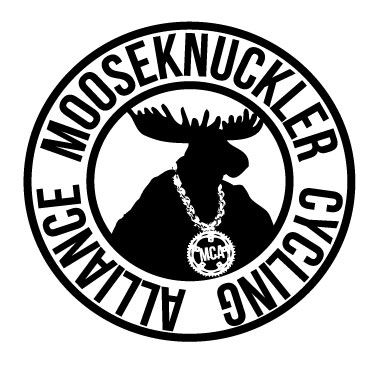

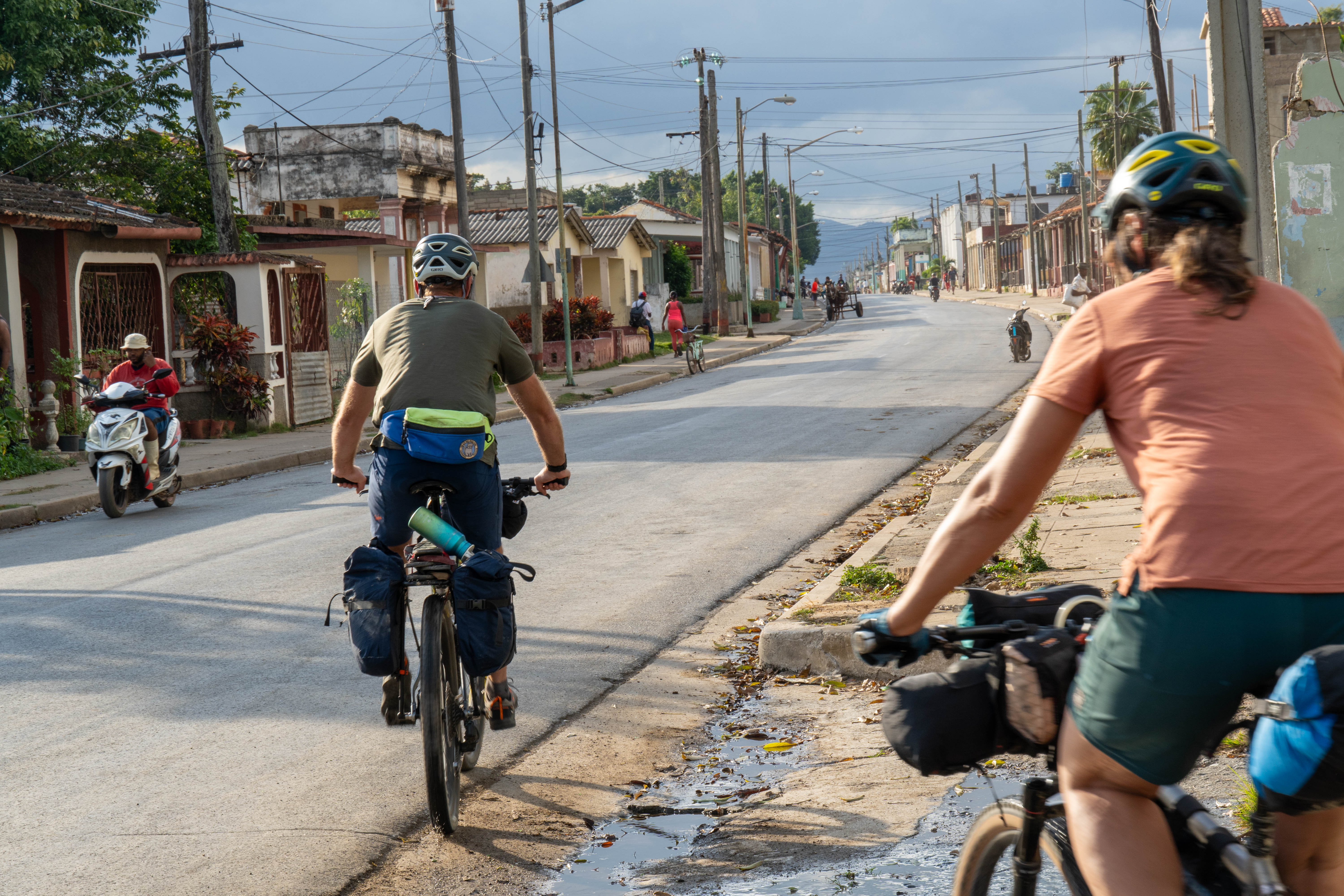
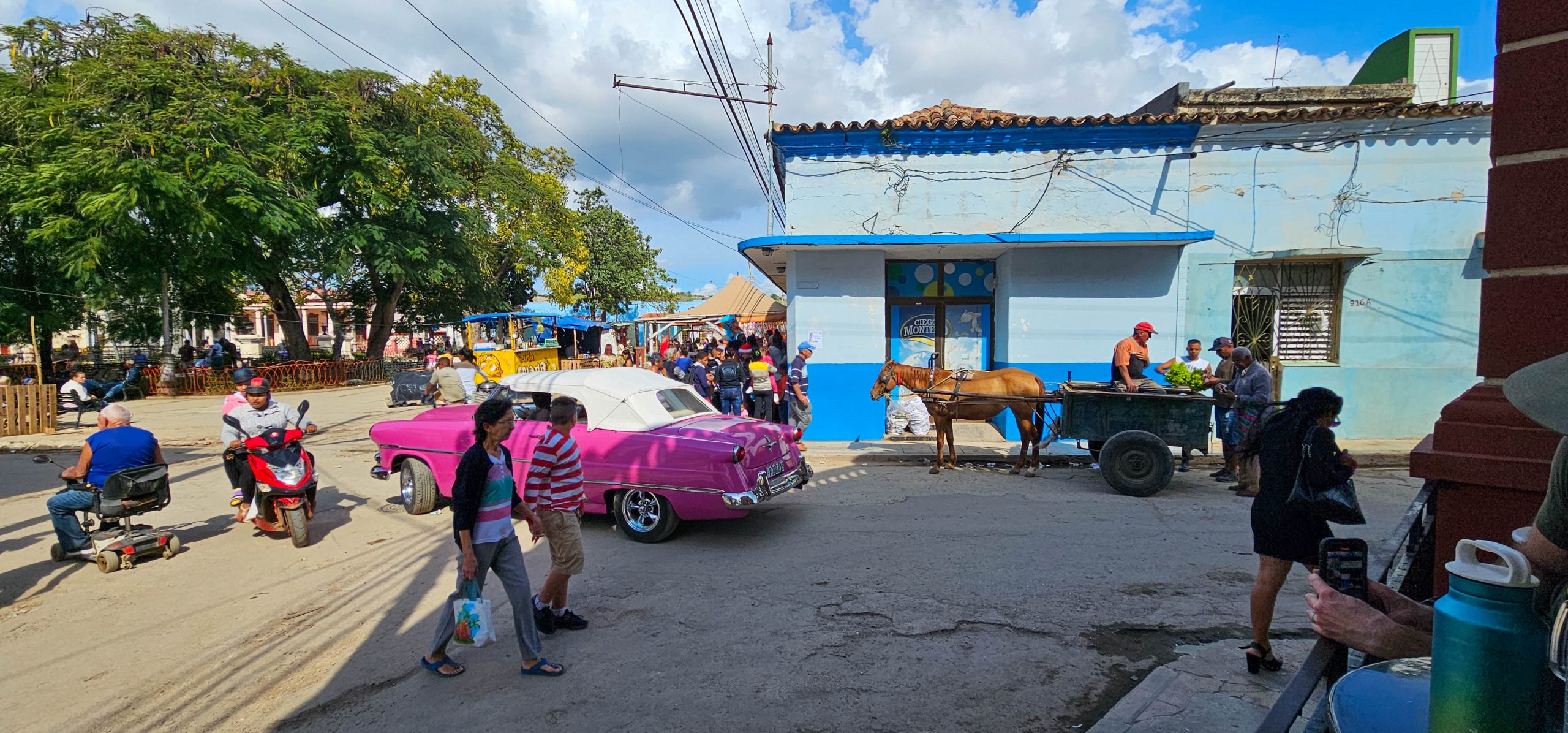
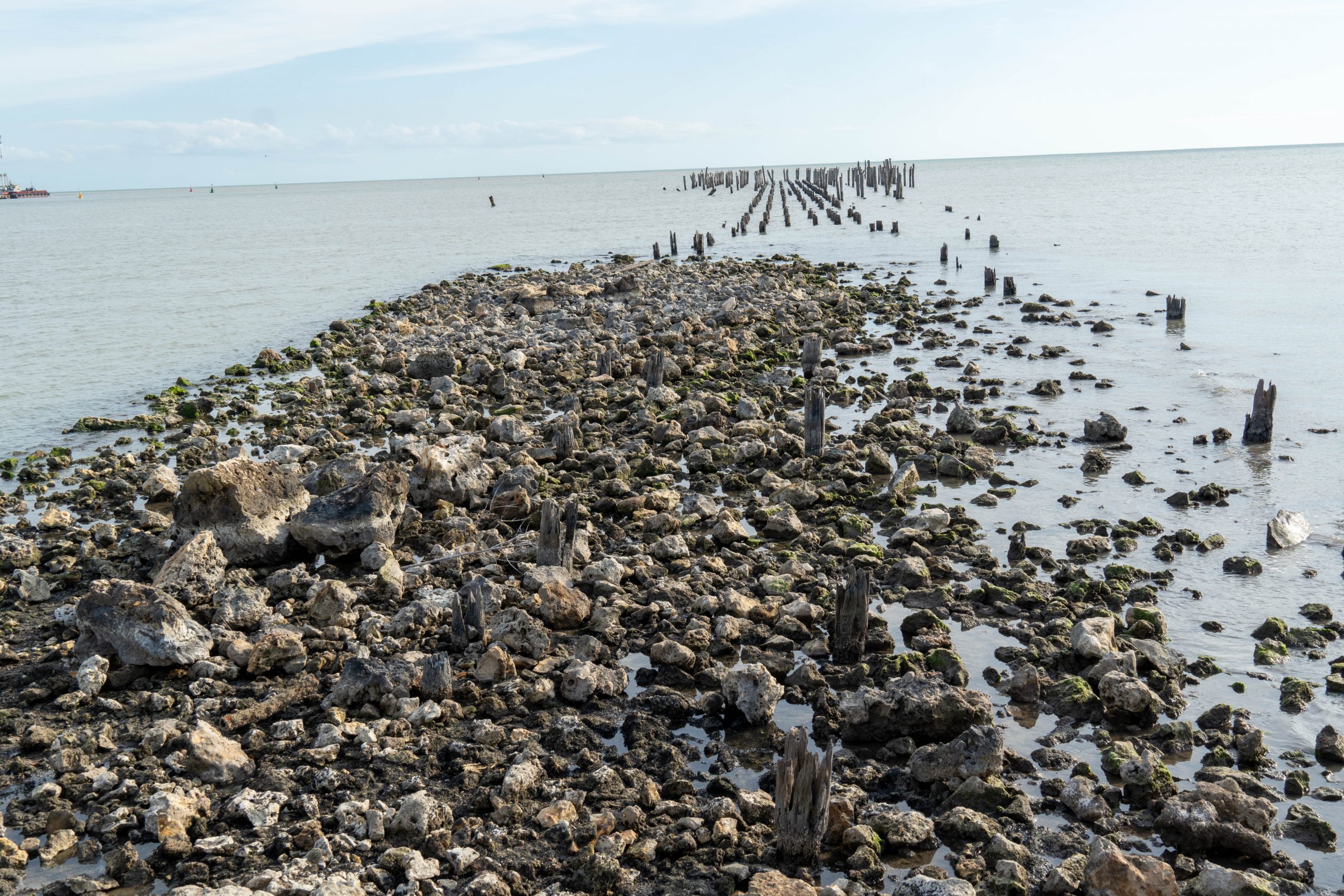
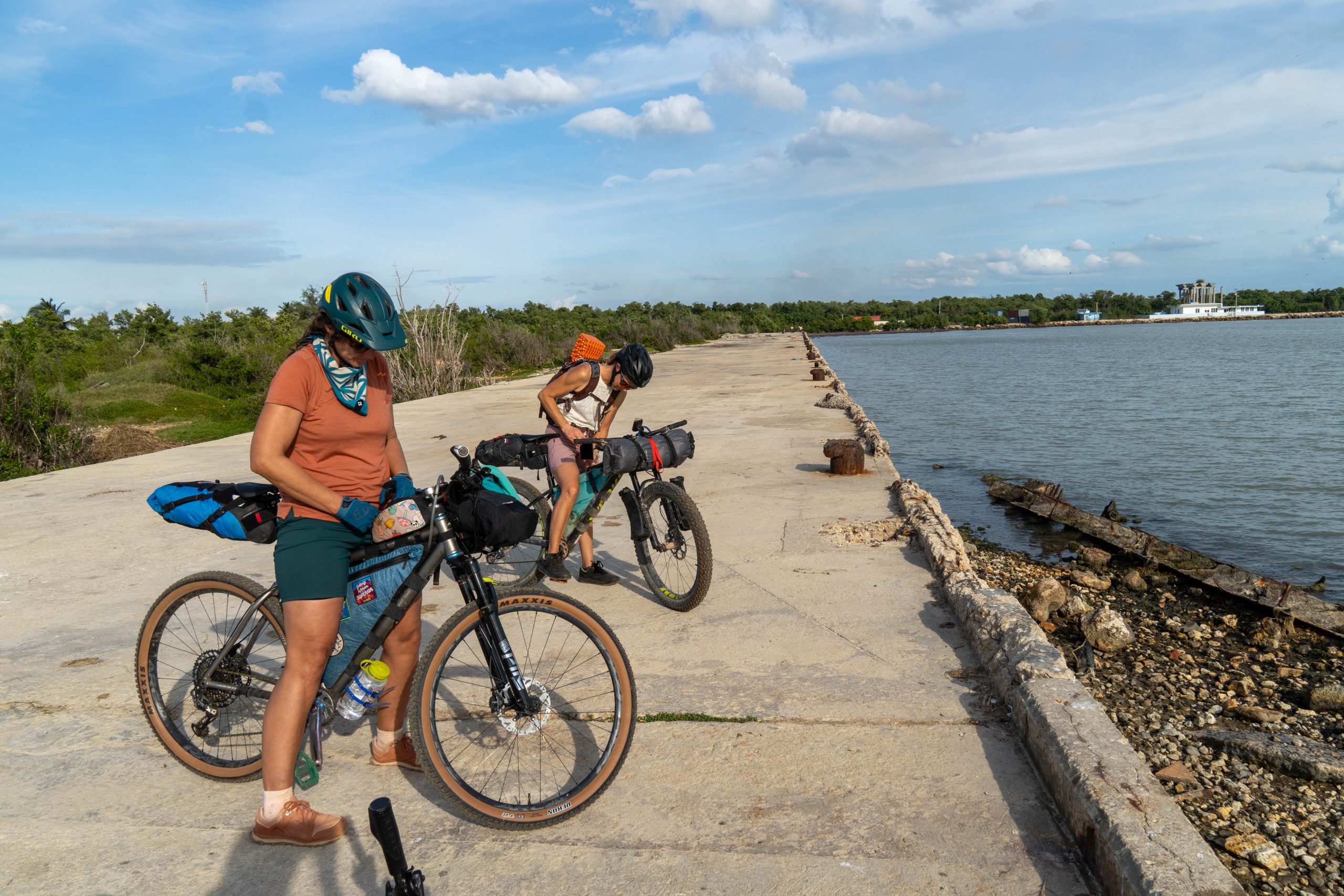
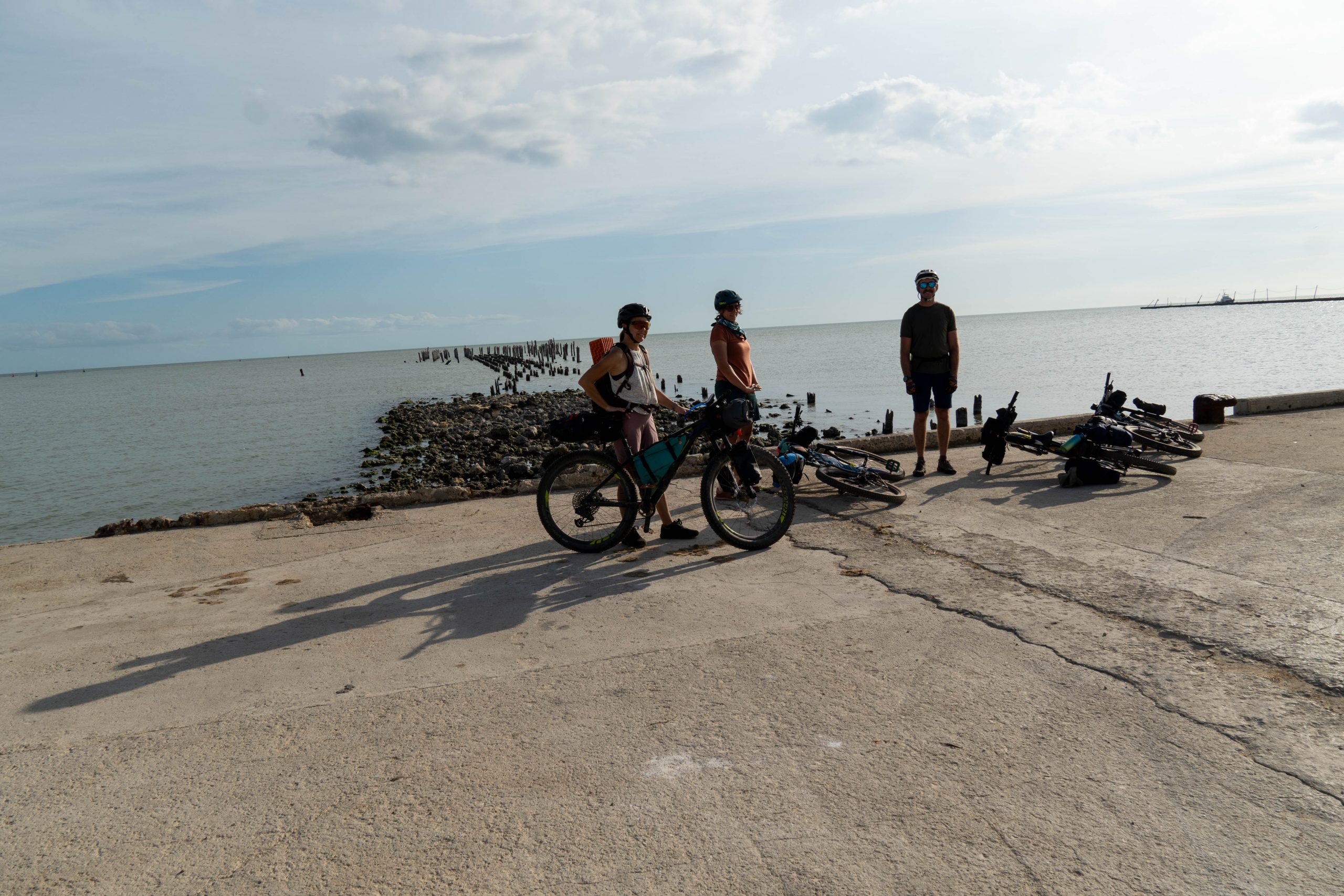
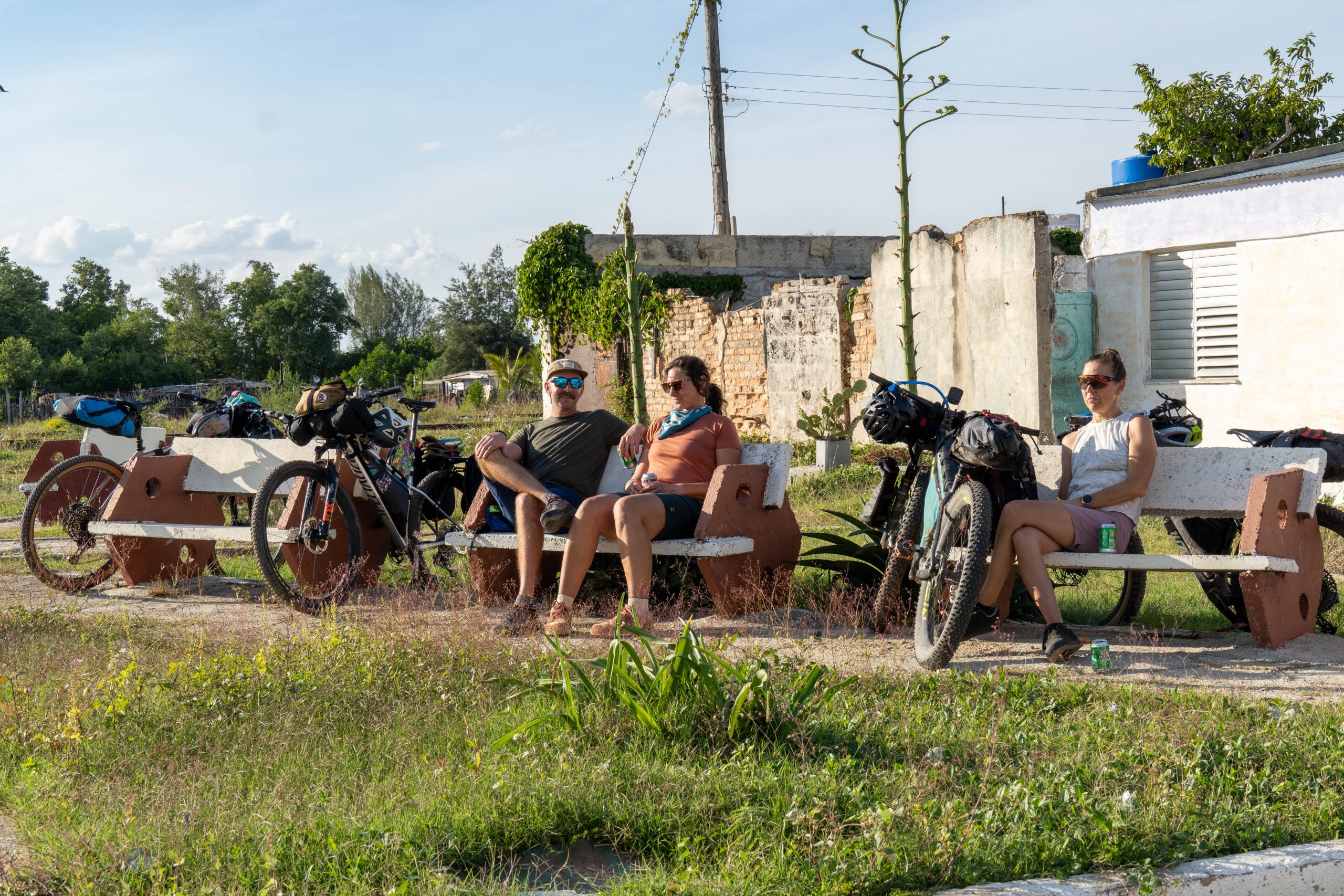
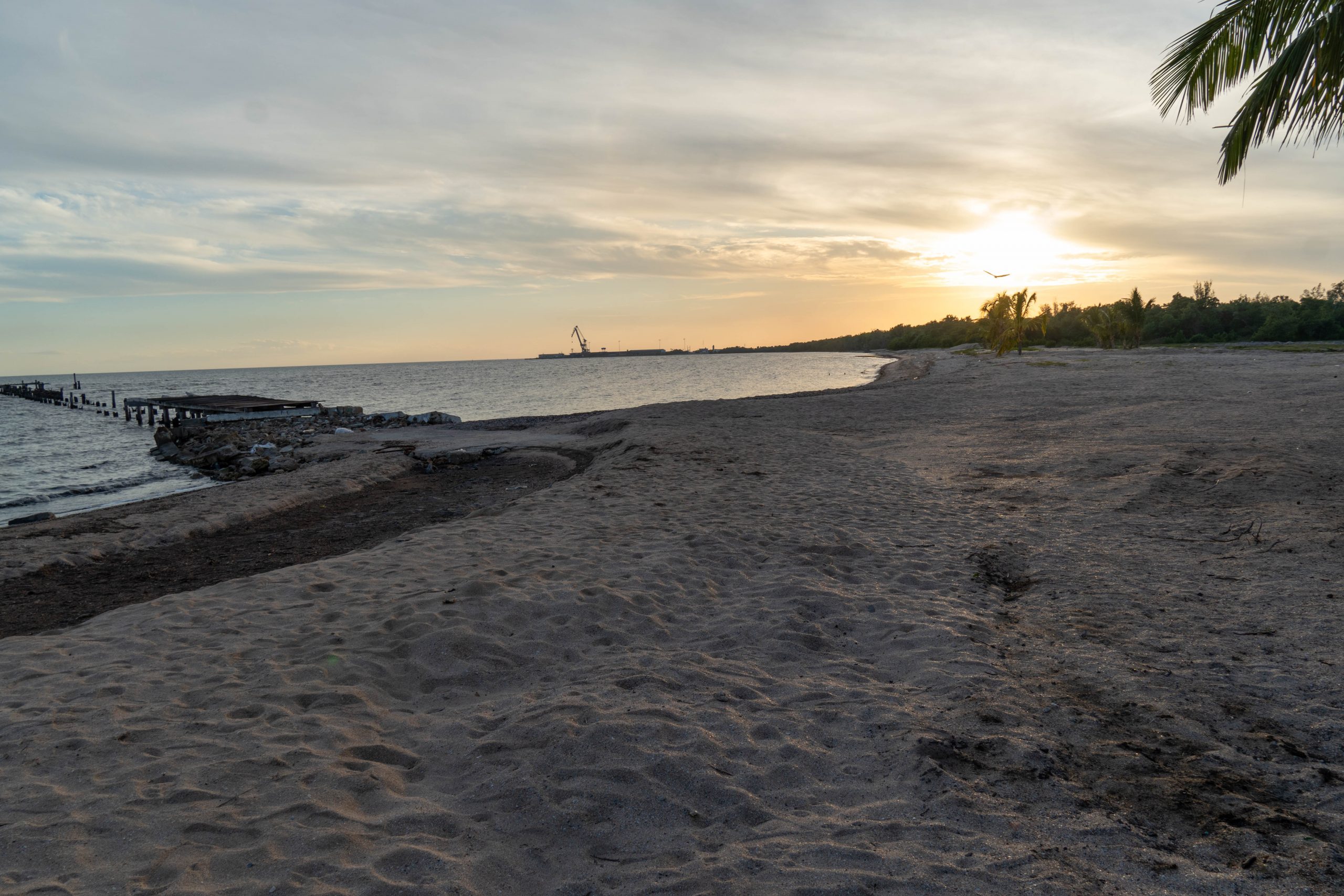
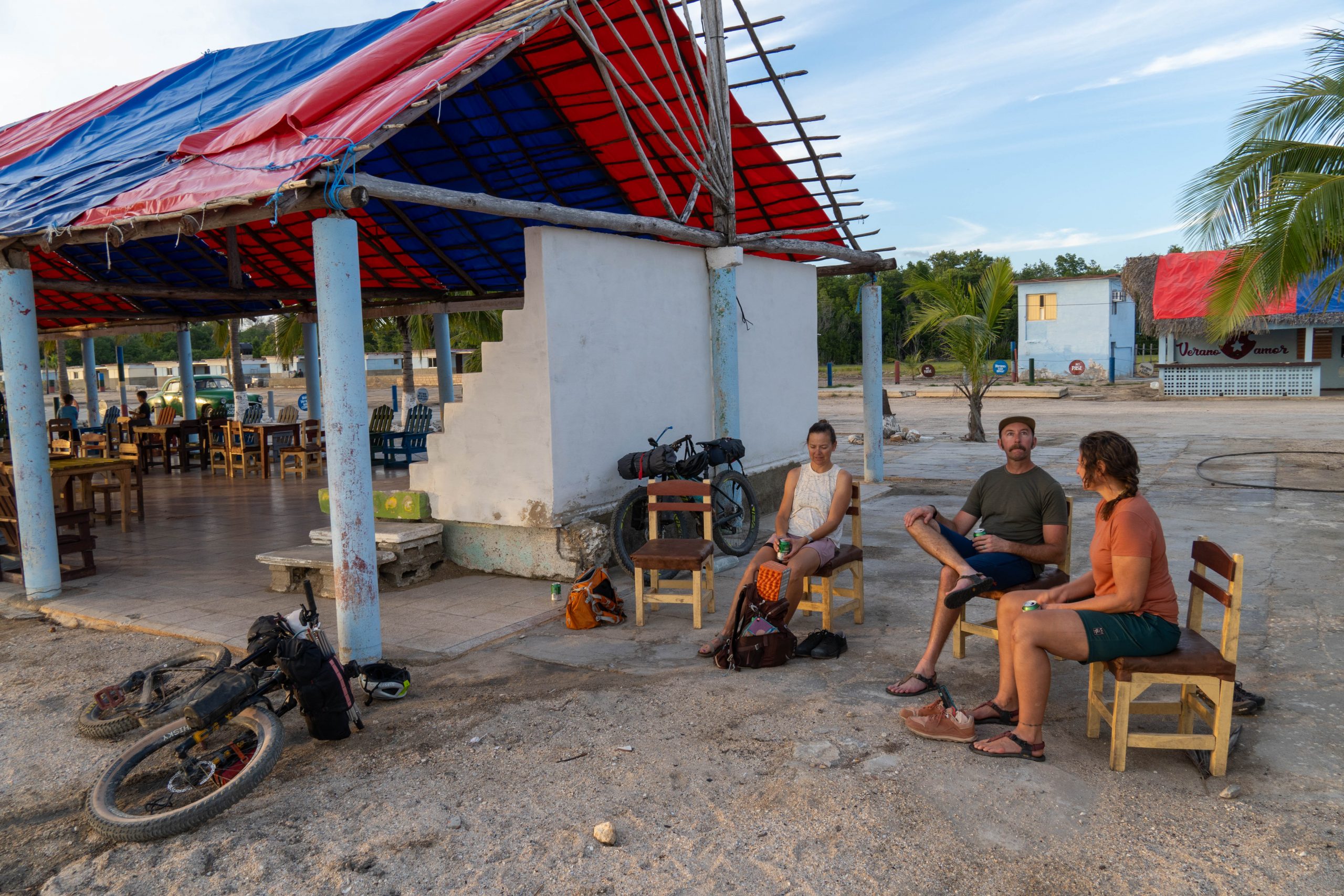
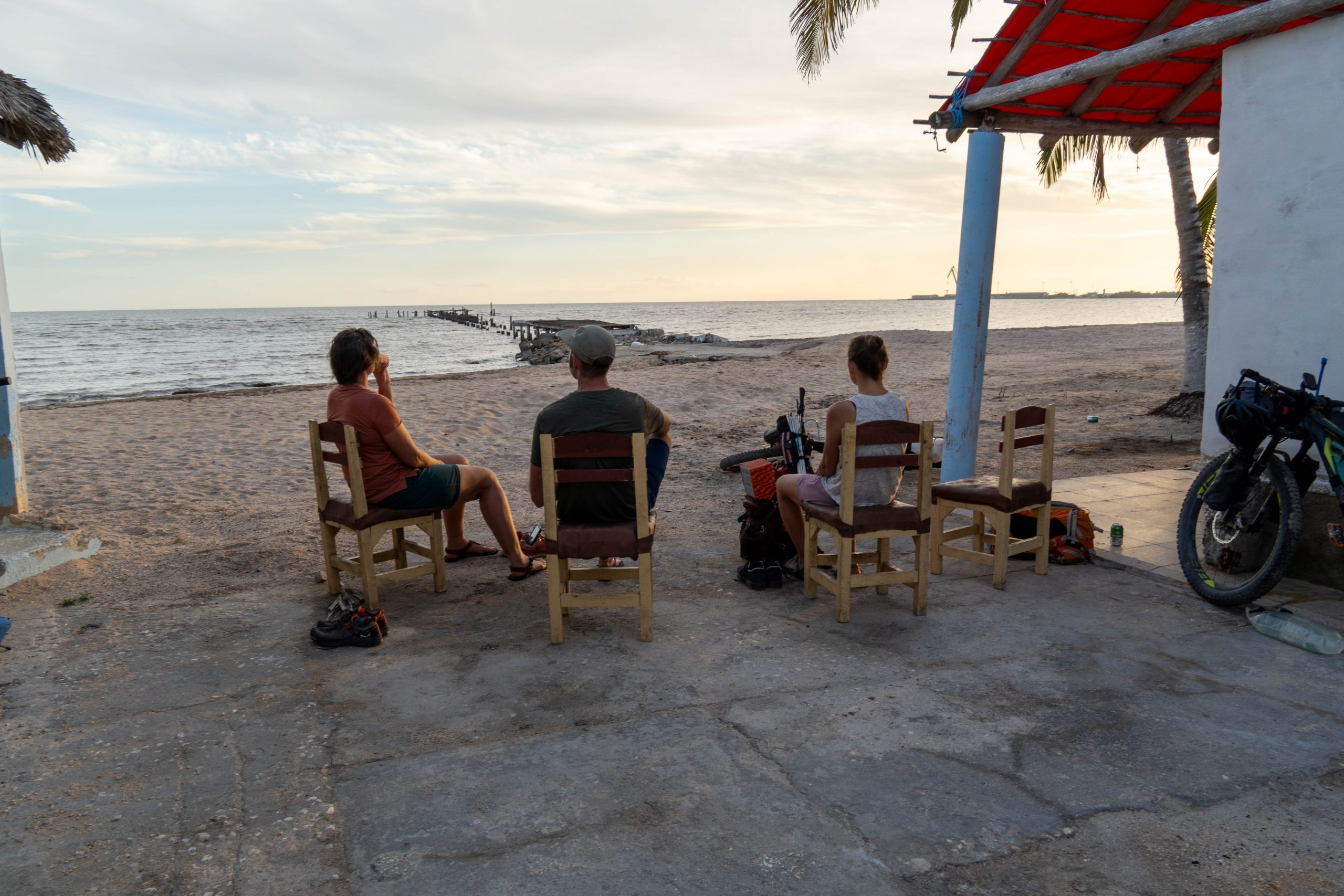
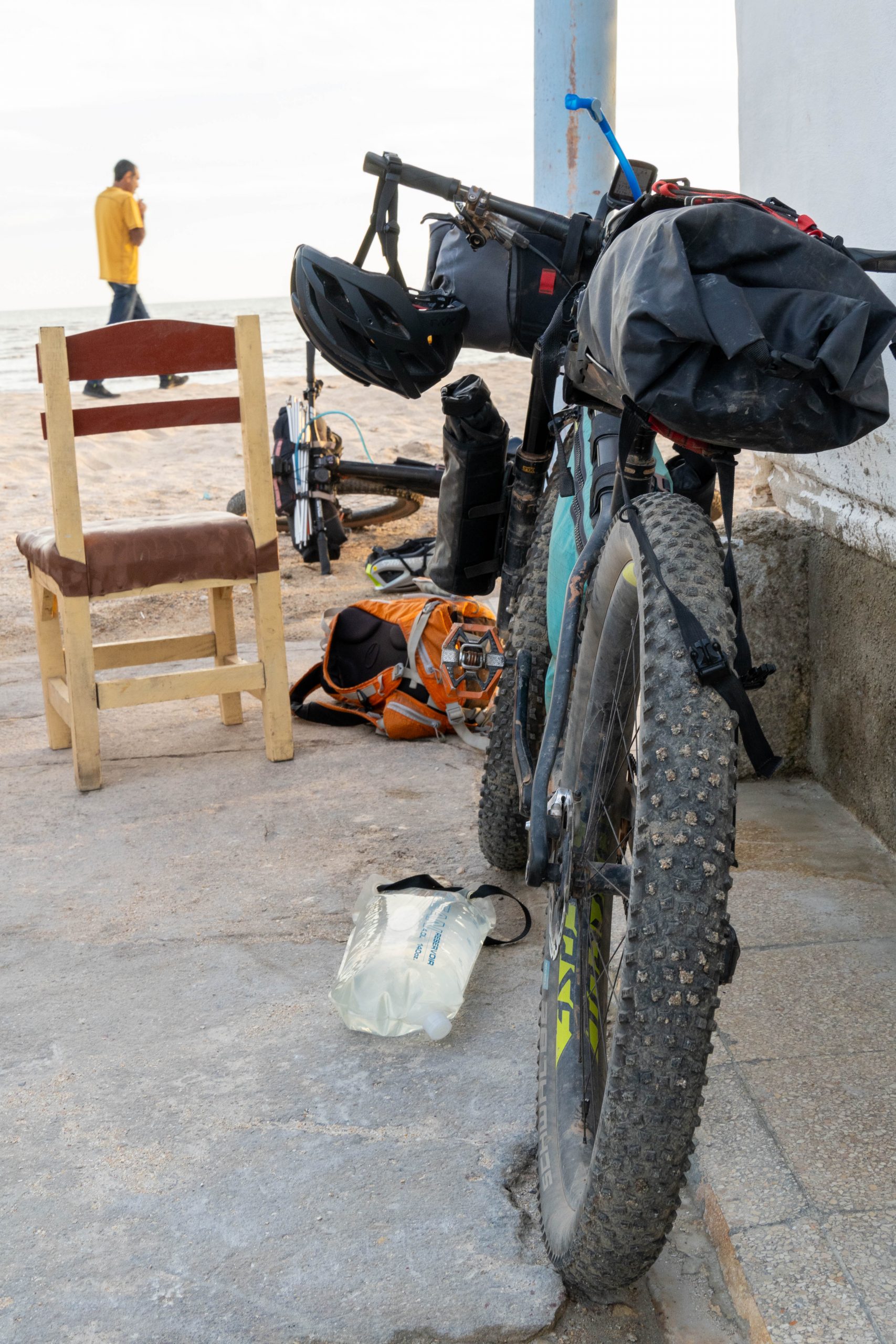
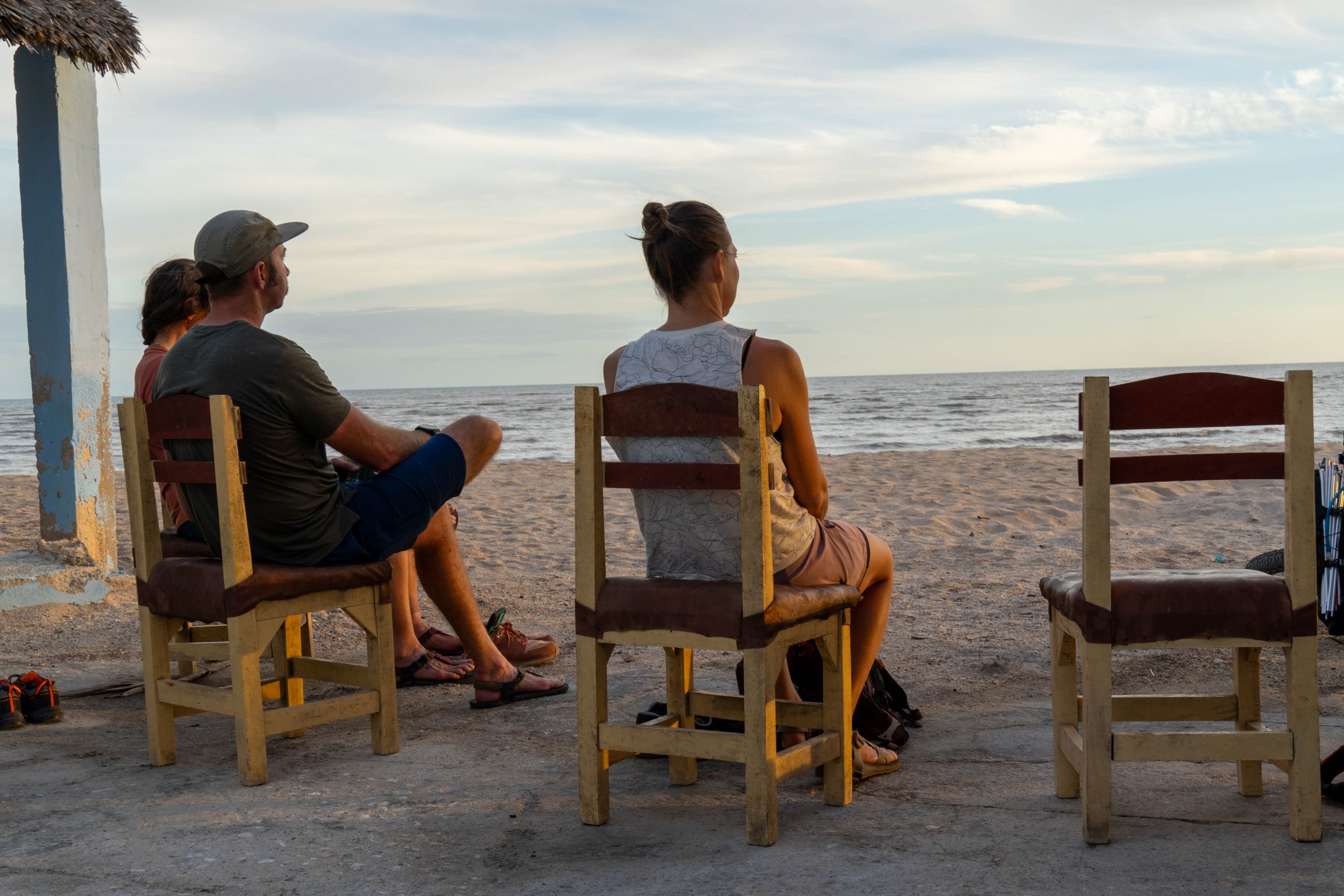
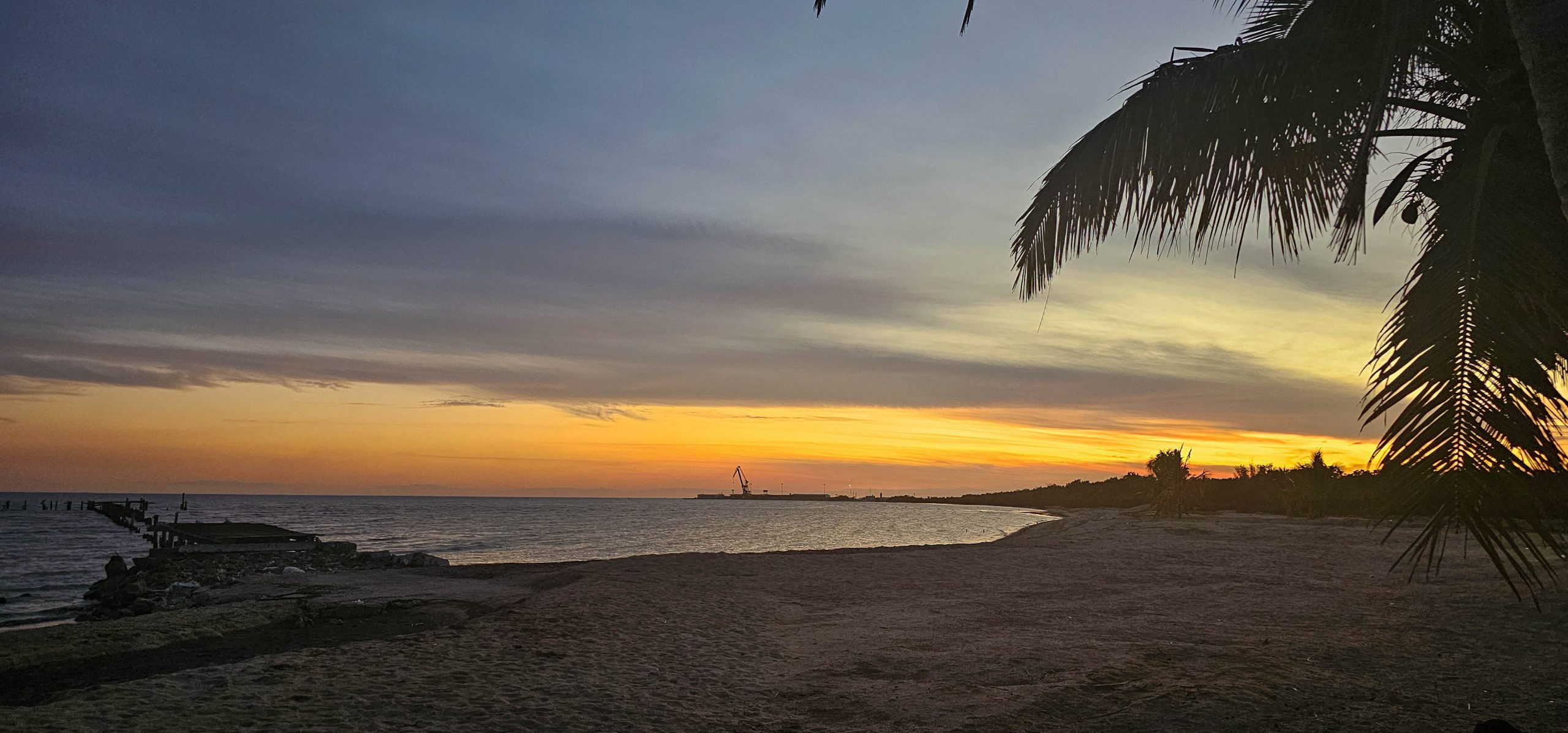
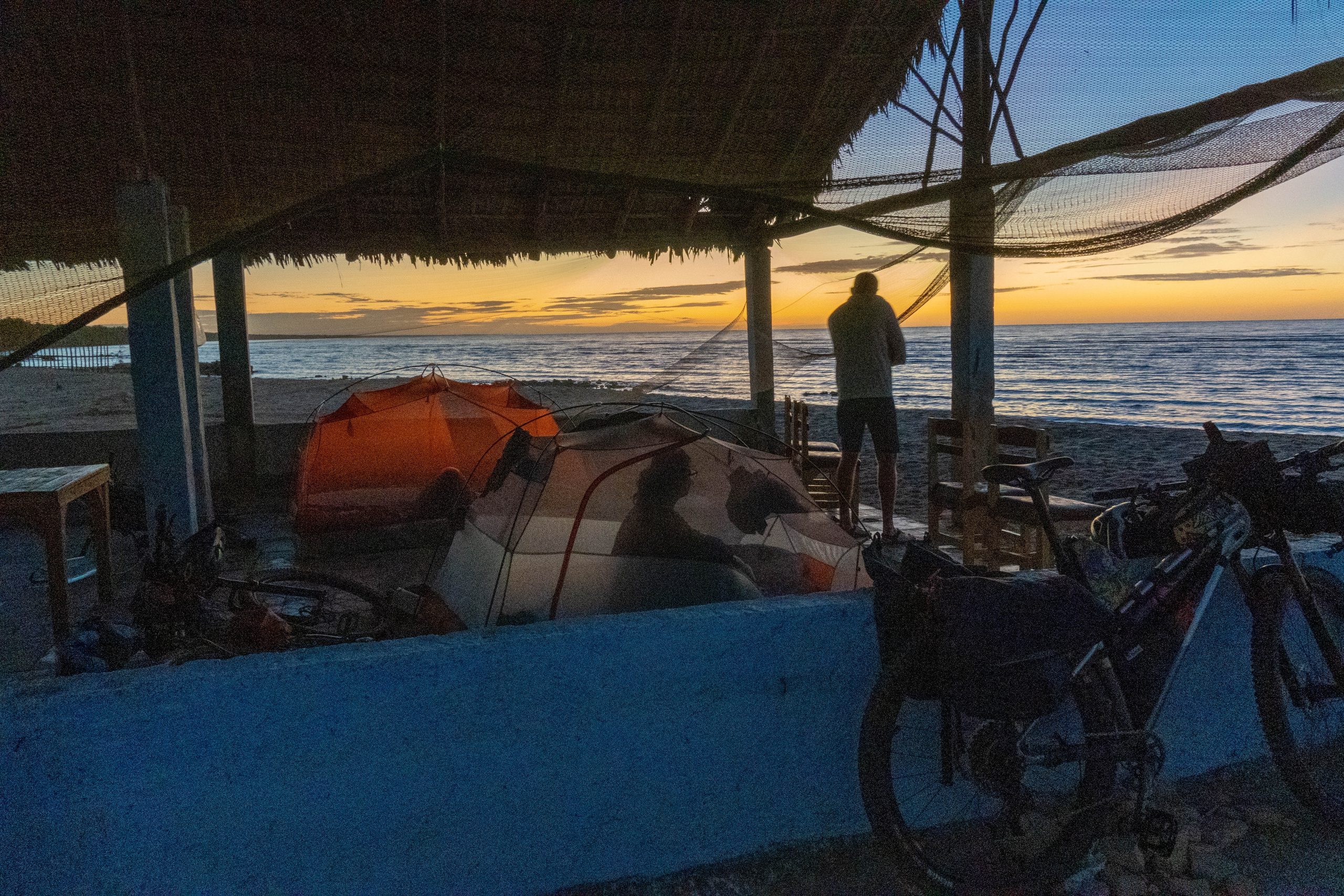



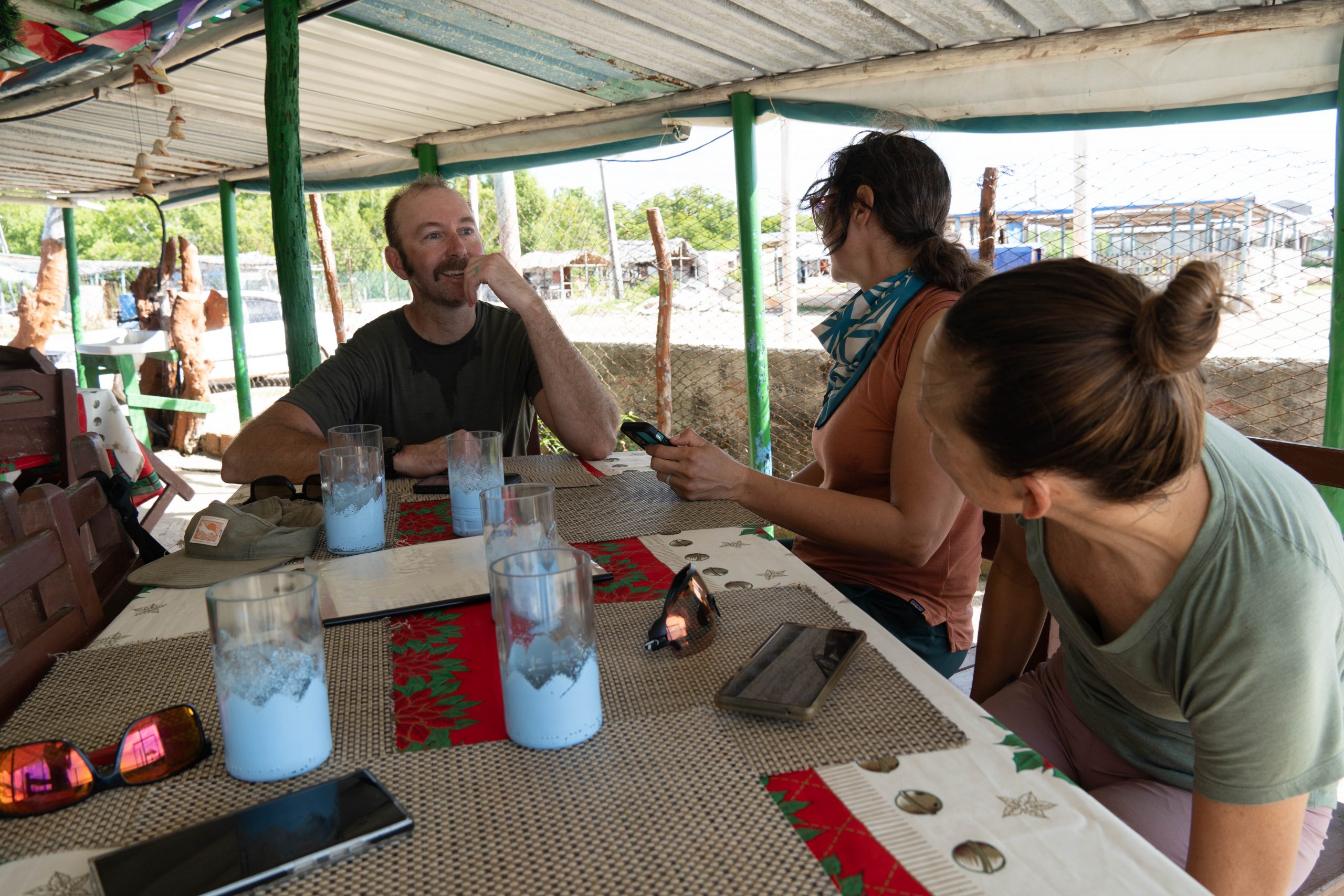
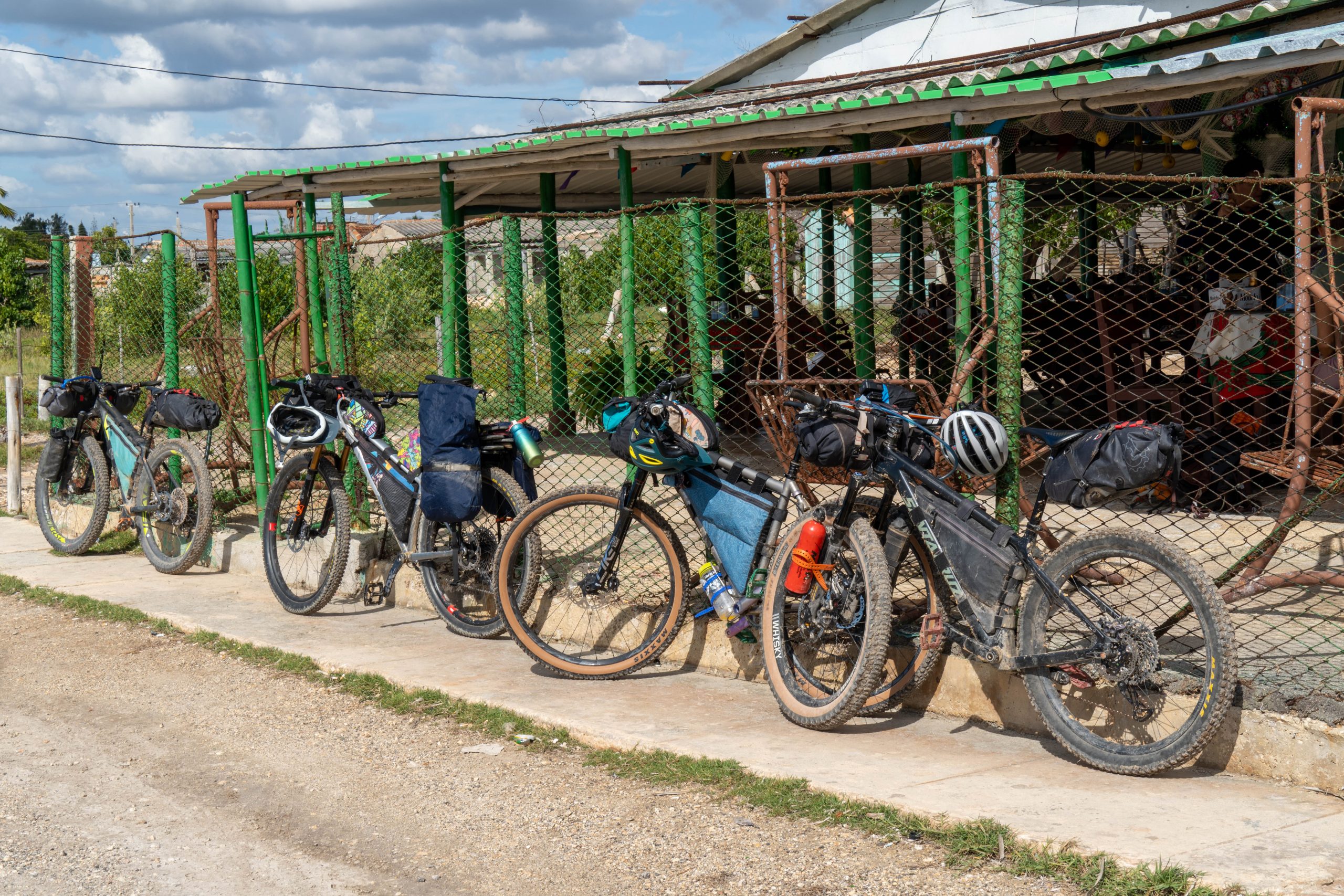
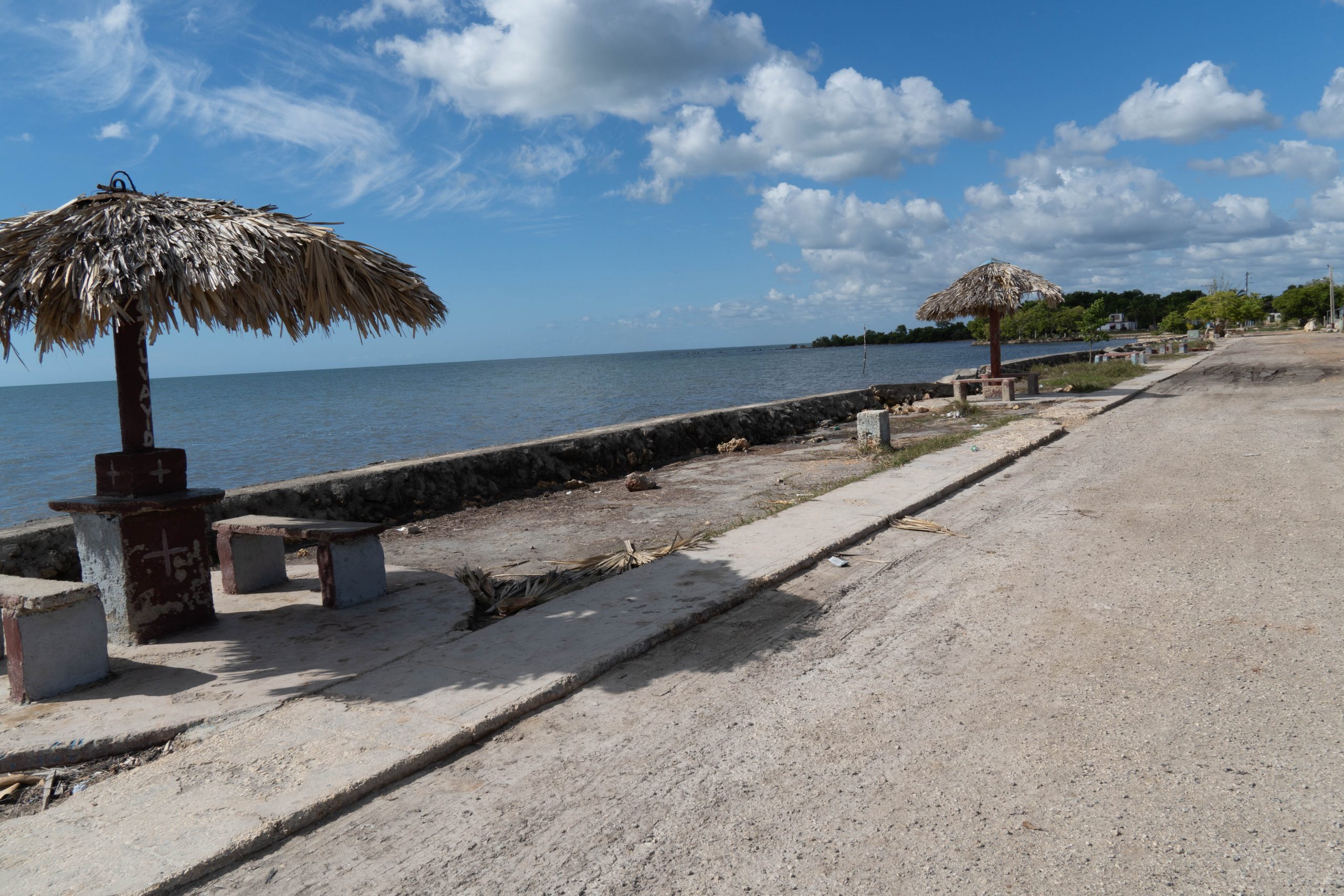
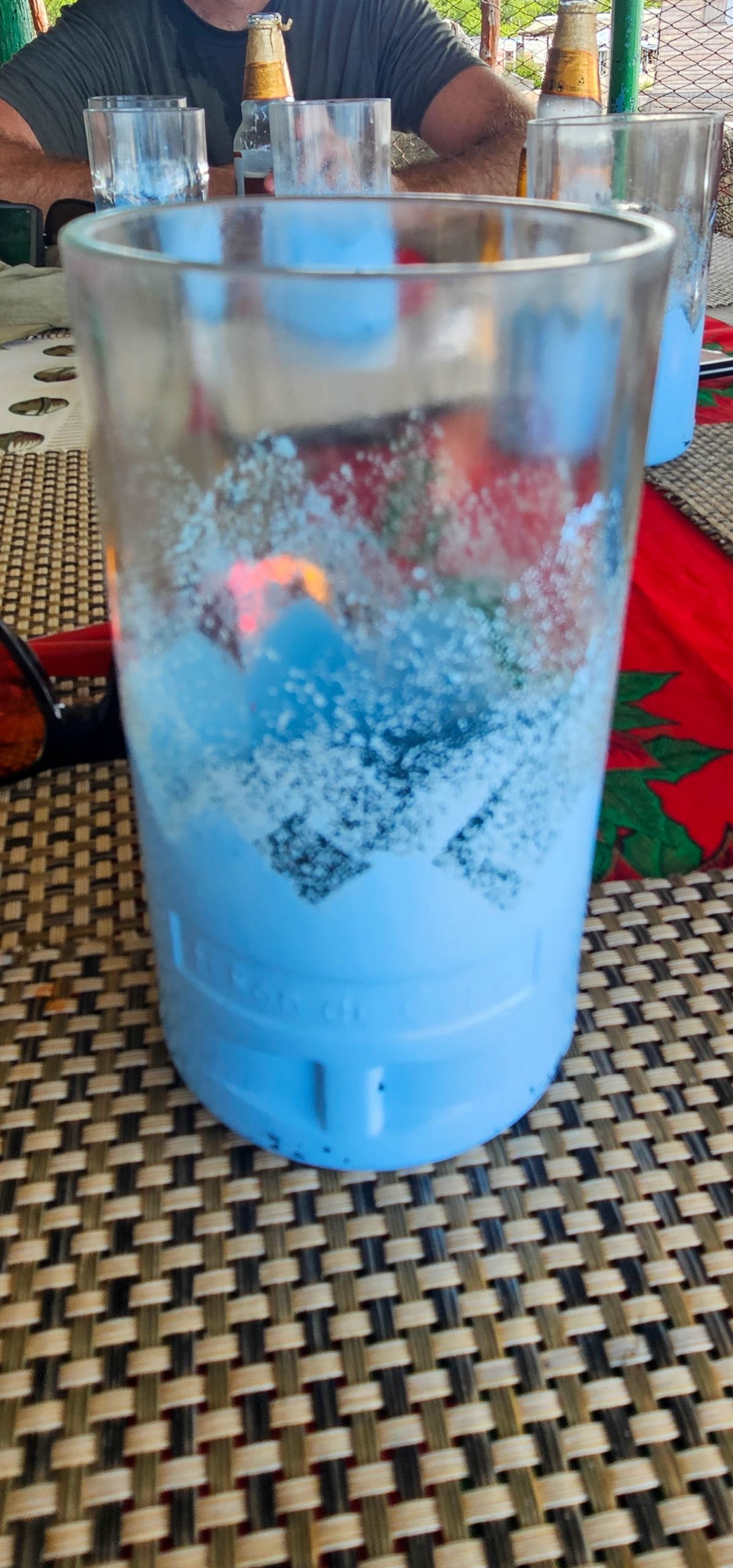
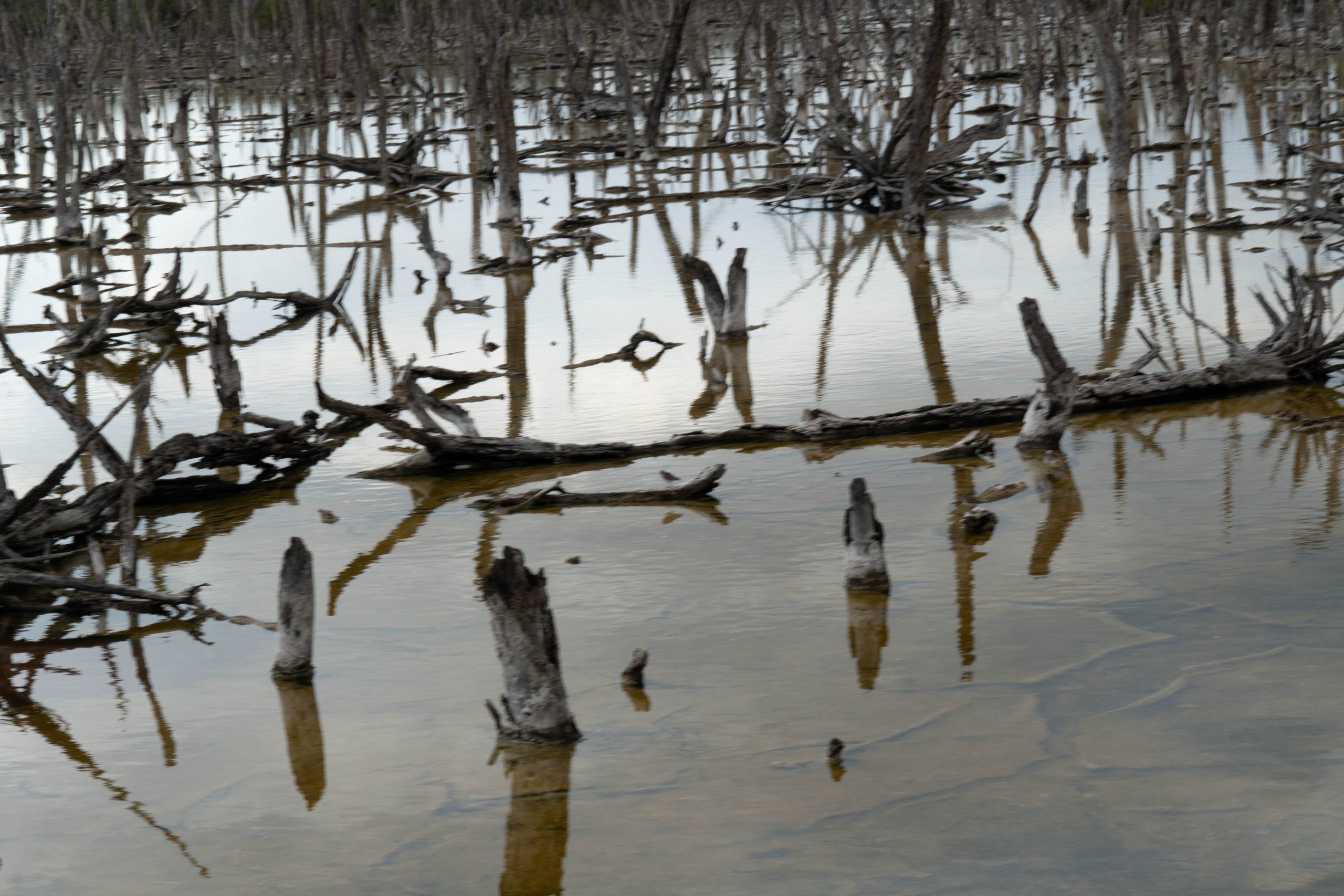
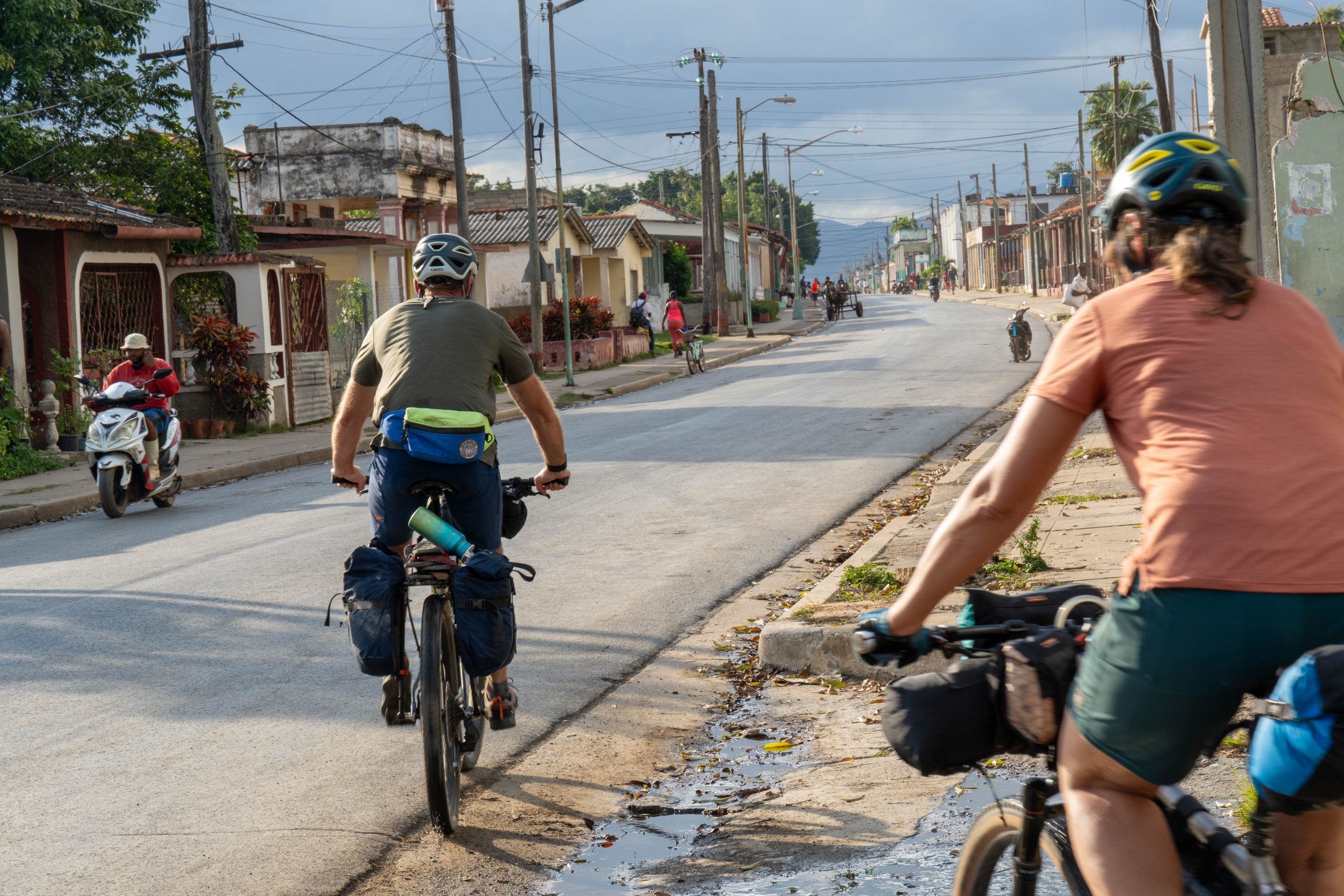
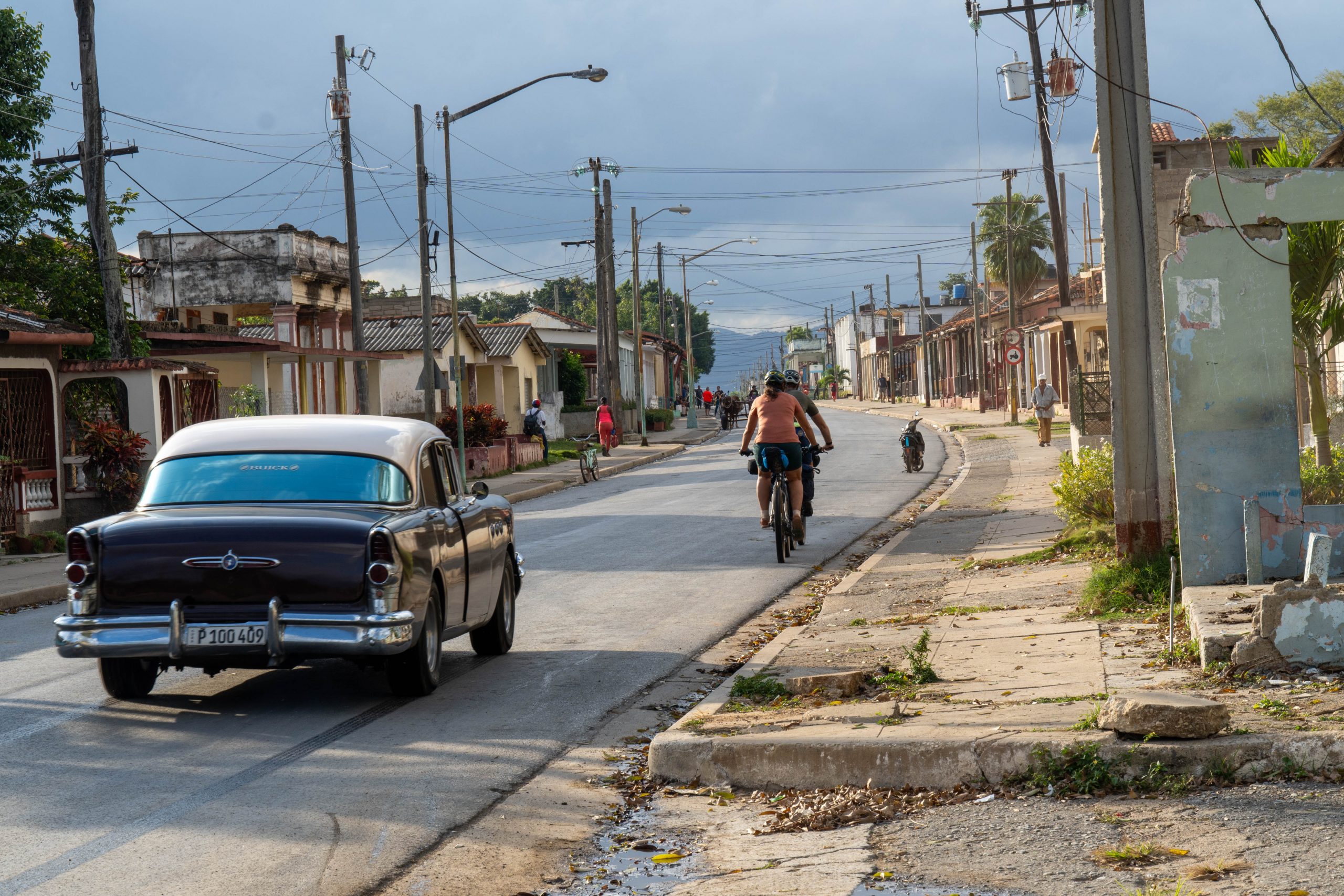
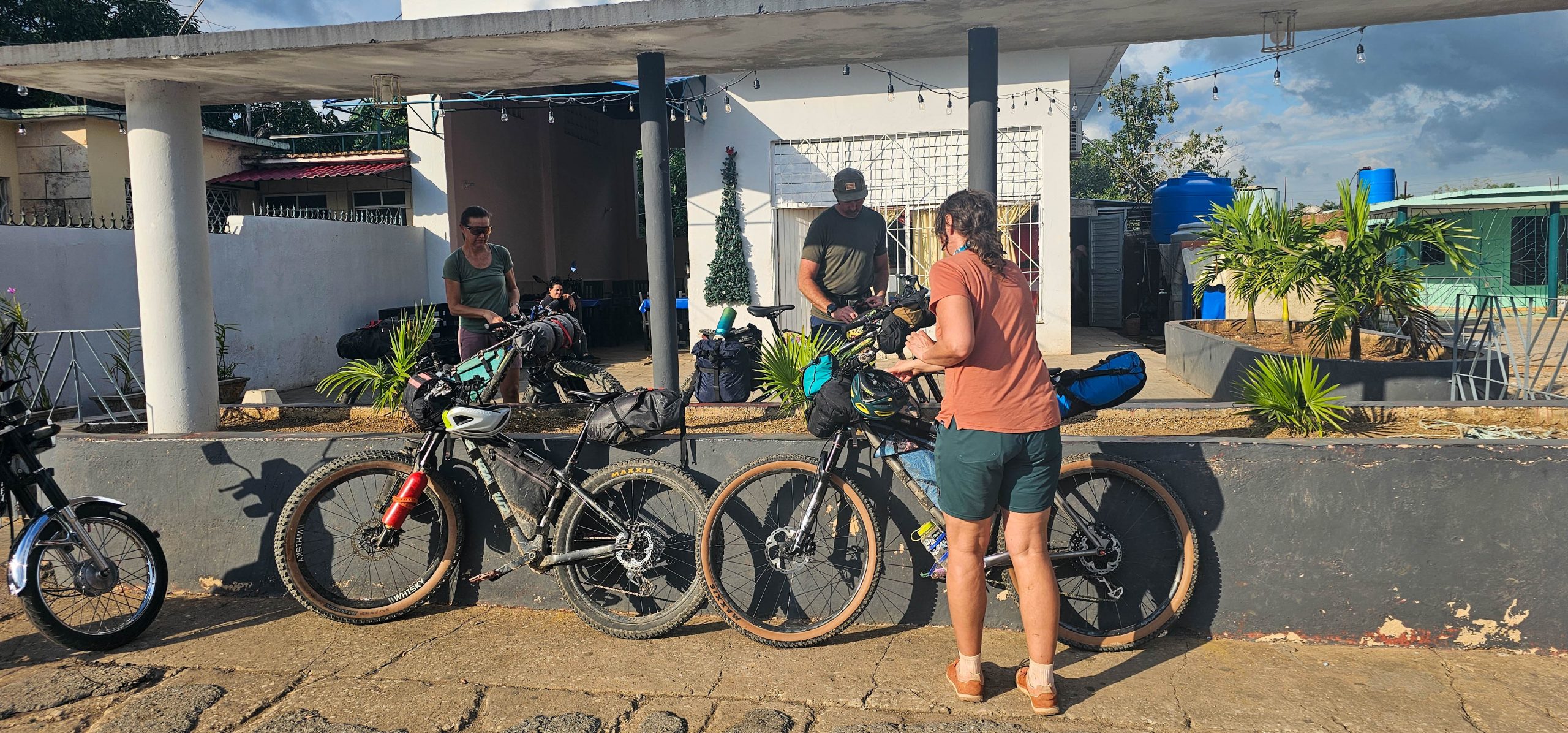
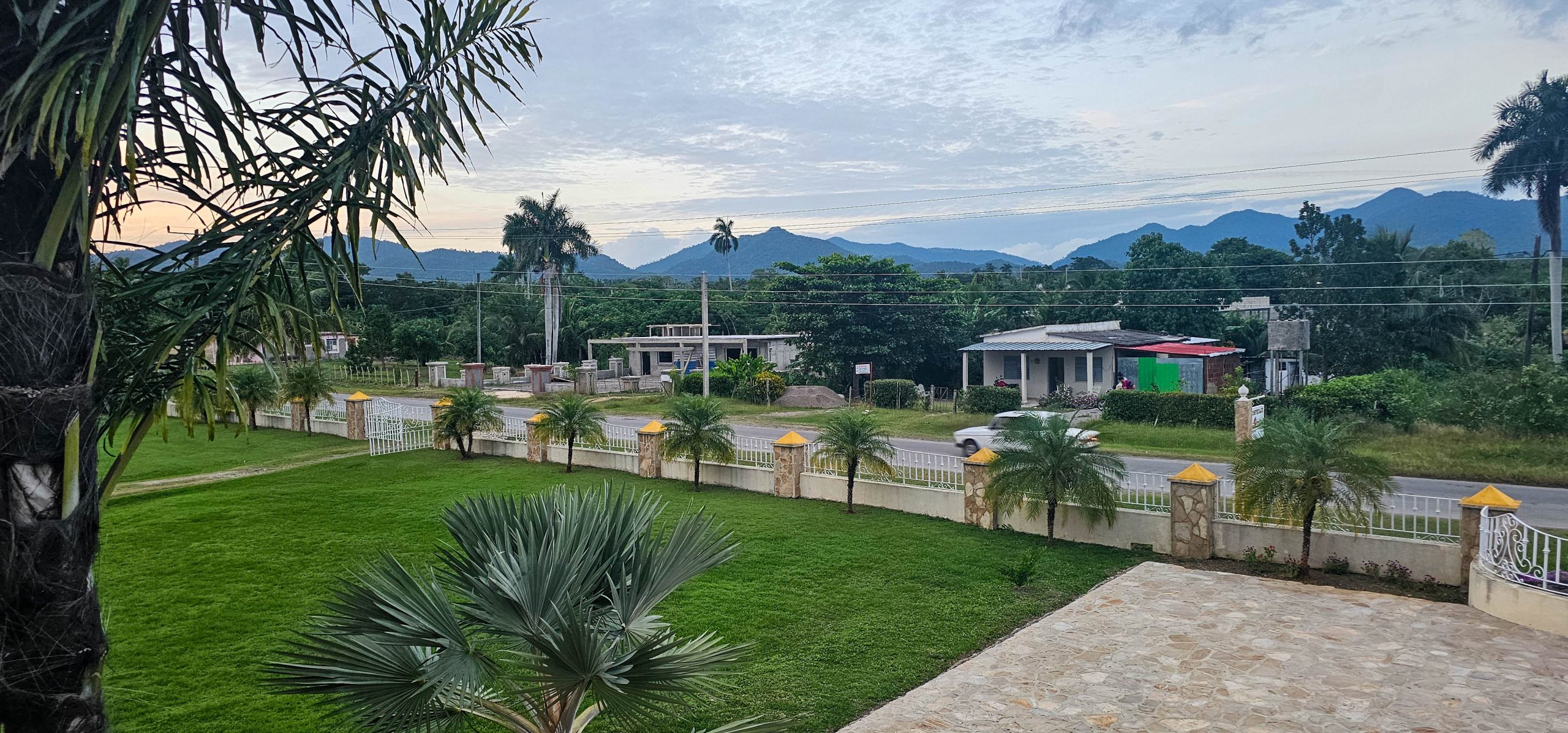
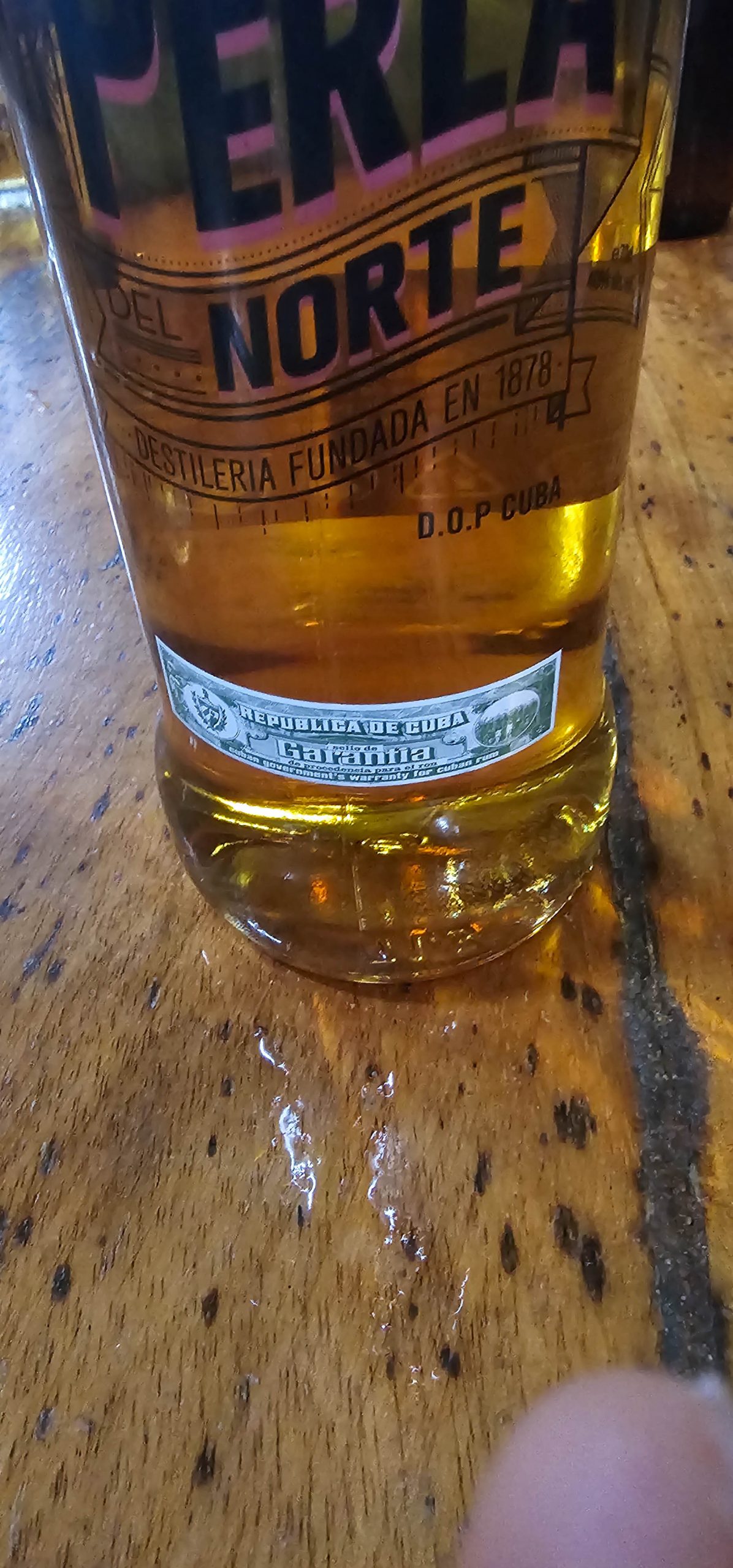
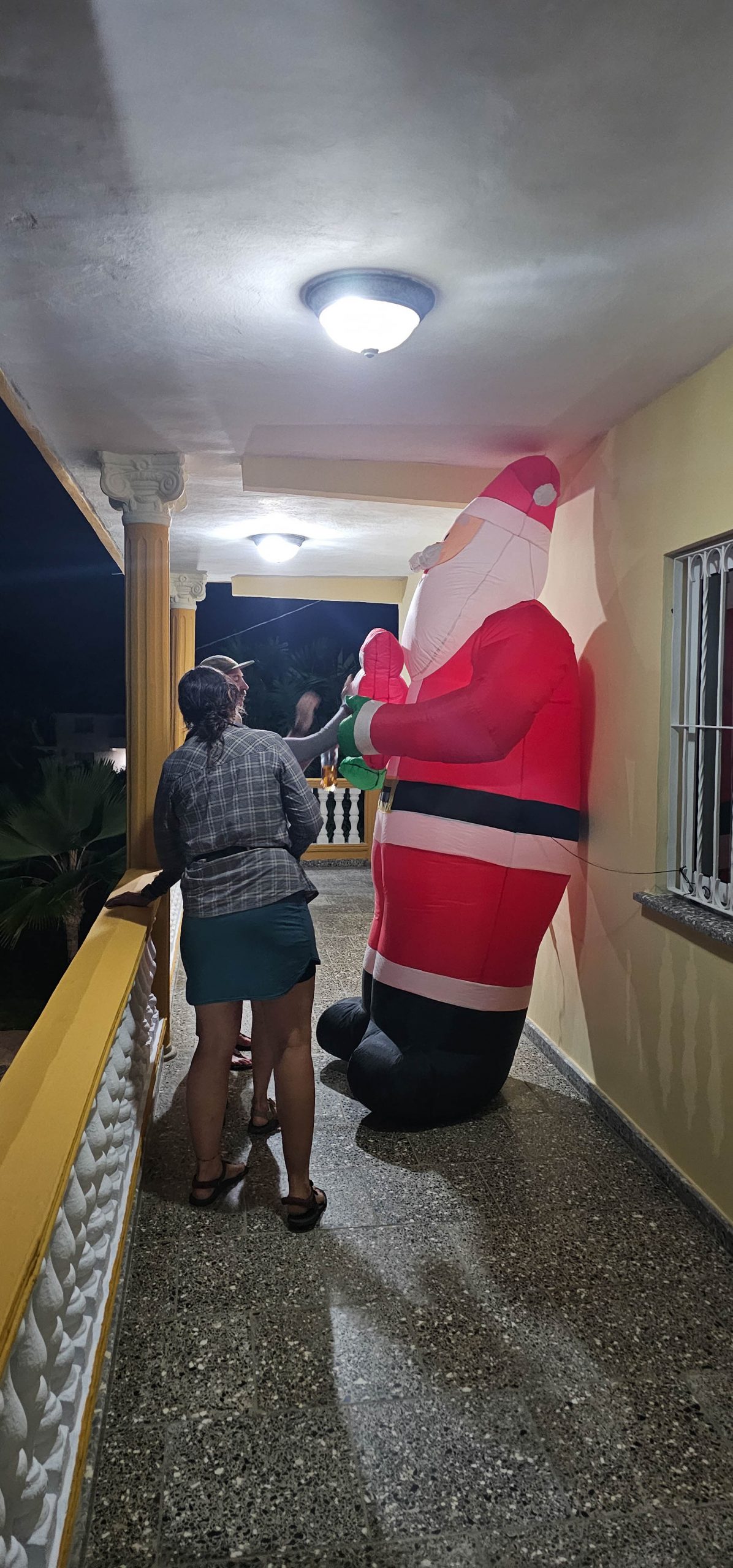
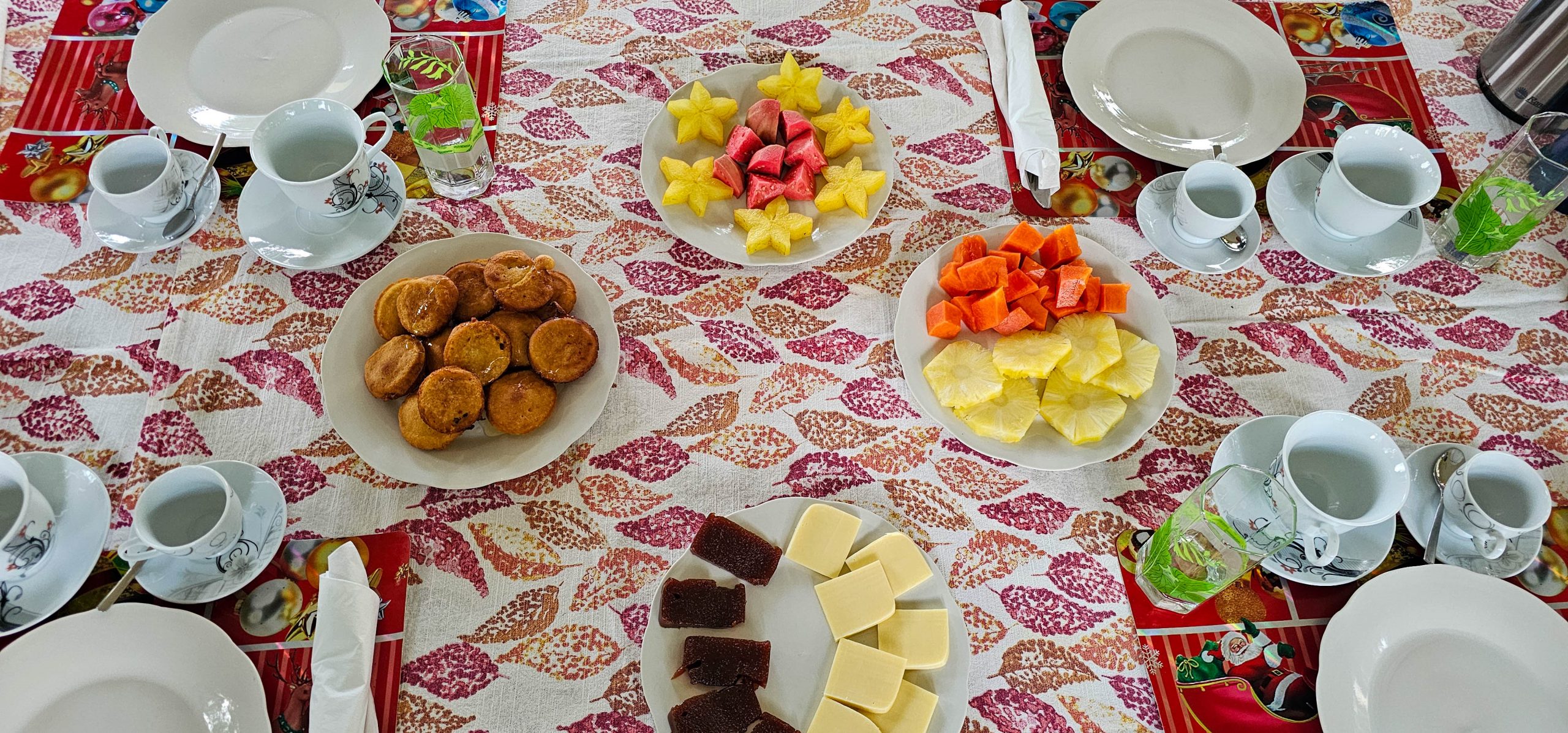
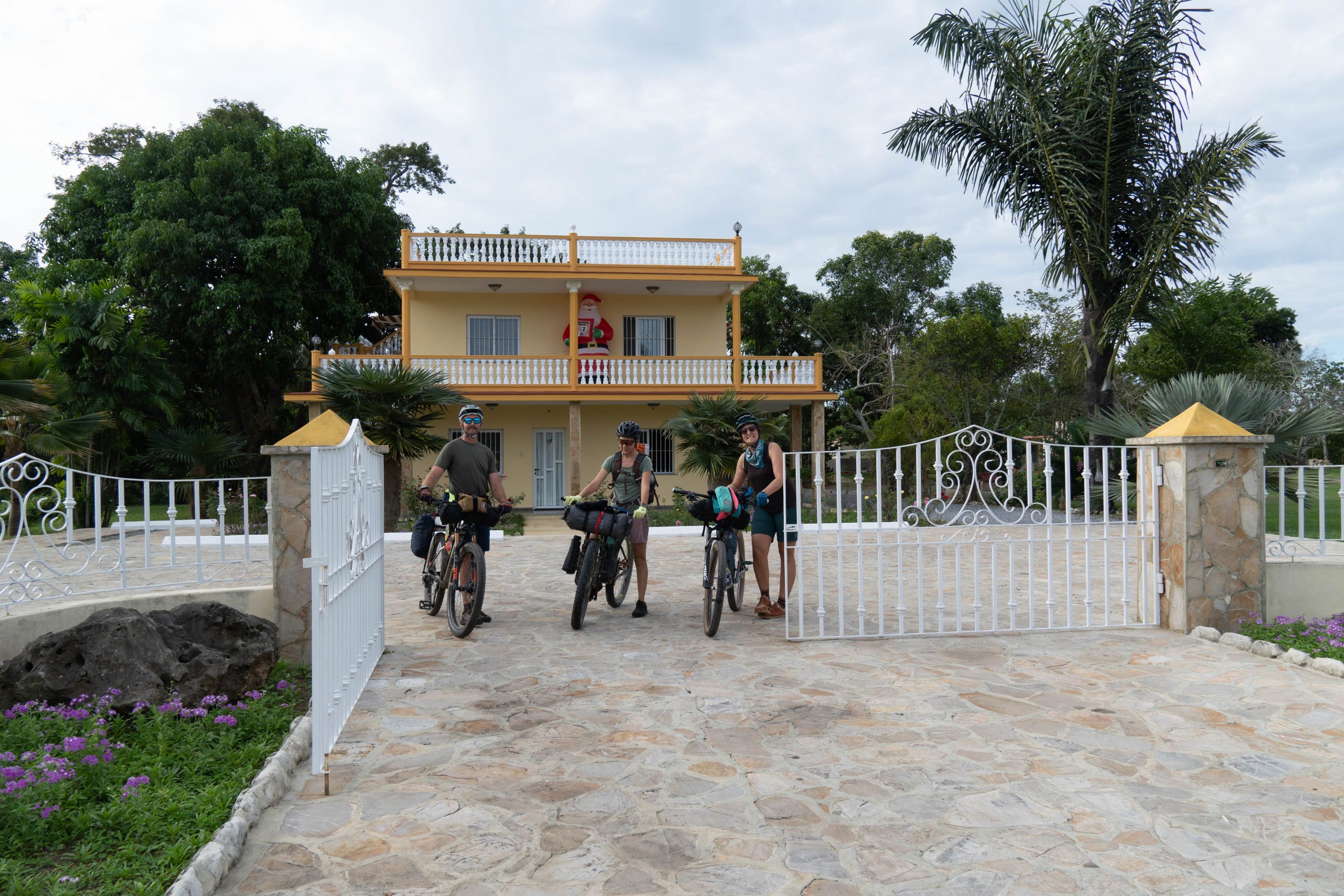
Hi, we’re planning to do the Ruta mala this summer. How can we get in touch with you to have some more details and ask some questions ? Thank you!!
You are welcome to hit me up on Instagram or email me, lukas@mooseknuckleralliance.org